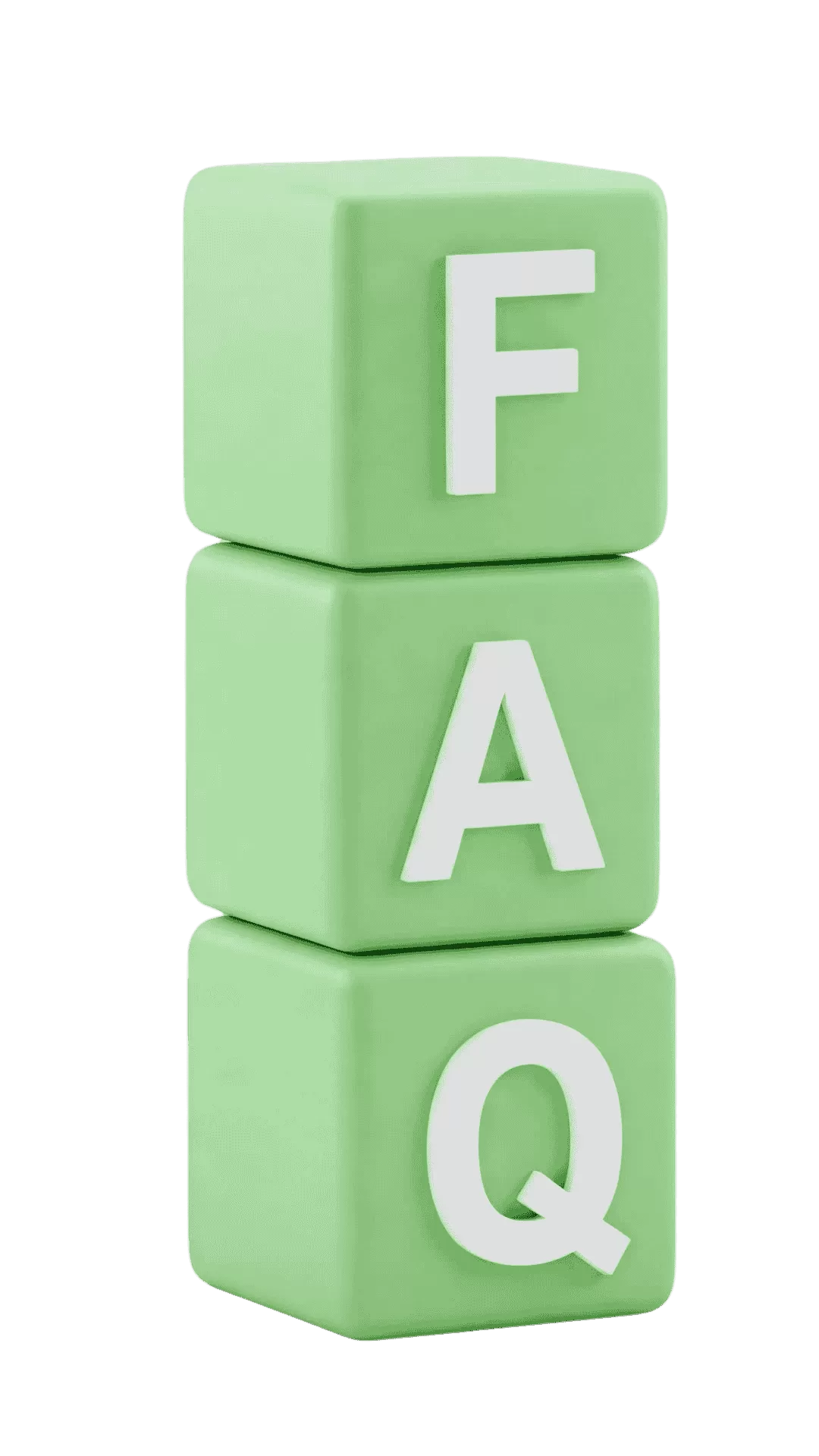Identify strengths, weaknesses, and needs.
Set academic goals with a clear learning roadmap.
Develop a detailed and structured study plan.
Teachers provide close guidance and adapt flexibly to maximize learning outcomes.
Identify strengths, weaknesses, and needs.

Set academic goals with a clear learning roadmap.

Develop a detailed and structured study plan.

Teachers provide close guidance and adapt flexibly to maximize learning outcomes.

Teaches:
Curriculum:

Teaches:
Curriculum:

Teaches:
Curriculum:

Teaches:
Curriculum:

Teaches:
Curriculum:

Teaches:
Curriculum:

Teaches:
Curriculum:

Teaches:
Curriculum:
| Condition / Feature | Standard | Premium | Platinum |
|---|---|---|---|
| 🌟Target Score Commitment | ❌ | ❌ | ✅ |
| Worksheets and Lesson Notes | ✅ | ✅ | ✅ |
| In-class Exercises and Solutions | ✅ | ✅ | ✅ |
| Extra Homework | ✅ | ✅ | ✅ |
| Exam-style and Past Papers | ✅ | ✅ | ✅ |
| Question Bank | ✅ | ✅ | ✅ |
| Saturday Morning Homework Support | ❌ | ✅ | ✅ |
| Fixed Teacher | ❌ | ✅ | ✅ |
| Support for IA, EE, TOK | ❌ | ✅ | ✅ |
| After-hours Message Response (until 9:30 PM) | ❌ | ✅ | ✅ |
| Initial Teacher & Student Meeting (Welcome Meeting) | ✅ | ✅ | ✅ |
| Teacher & Parent Conference | ❌ | ✅ | ✅ |
| Periodic Academic Reports | ✅ | ✅ | ✅ |
| Teacher's Feedback and Evaluation After Each Class | ✅ | ✅ | ✅ |
| Rescheduling Policy (Notice within working hours) | 24 hours | 12 hours | 06 hours |
| Exam Pass Commitment | ✅ | ✅ | ✅ |
Do not hesitate to contact Intertu


191 Nguyen Van Huong Street, Thao Dien Ward, Thu Duc City, Ho Chi Minh City
info@intertu.edu.vn
Phone : (028) 22426282 Zalo : 0971515265
Liên hệ ngay